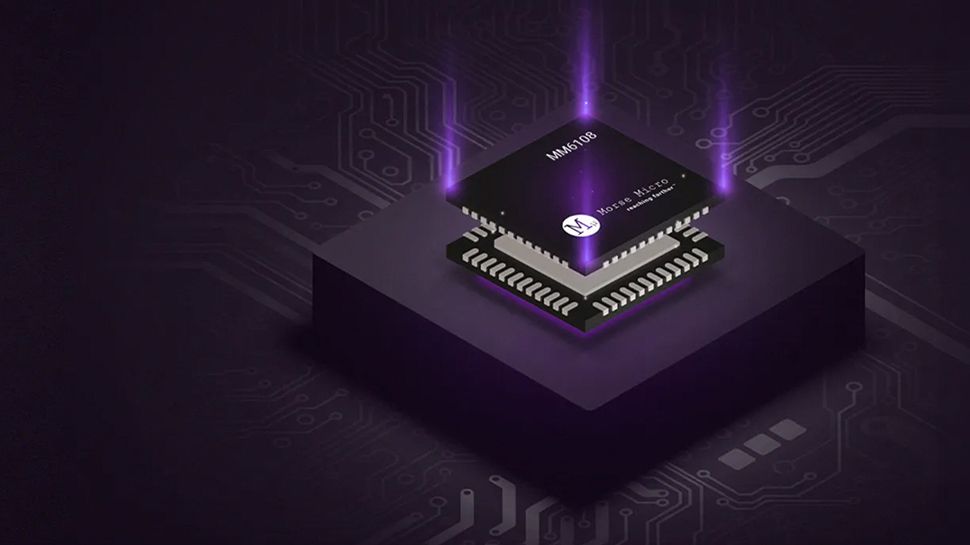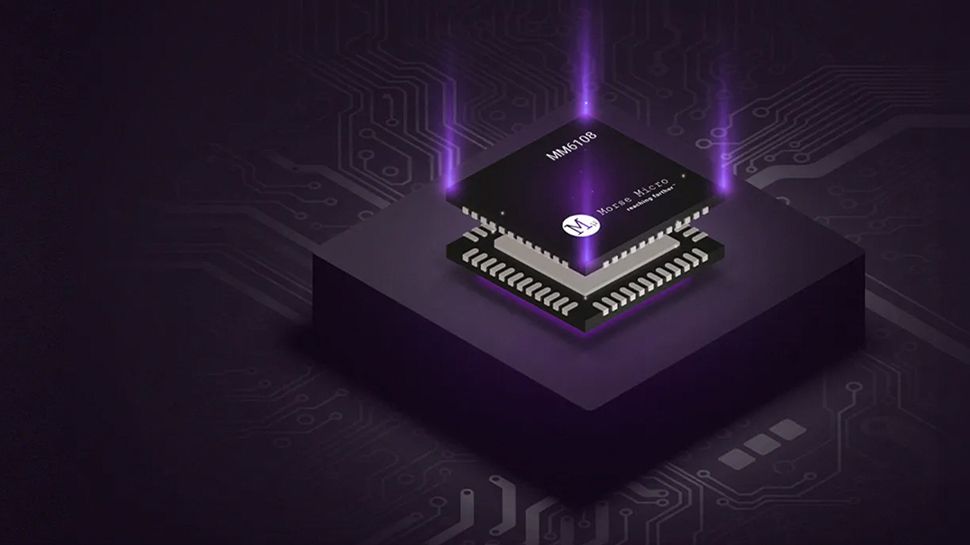
Wi-Fi HaLow is a low-power, long-range variant of Wi-Fi, based on the IEEE 802.11ah standard. It operates in the sub-GHz range (850-950 MHz), enabling it to penetrate obstacles such as walls and buildings and connect a larger number of IoT devices over much greater distances.
In February, Morse Micro showcased Wi-Fi HaLow’s capabilities by achieving a 3-kilometer (1.8 miles) video call, setting a record for long-range connectivity using the 802.11ah standard. In its latest range test, Morse Micro conducted trials at Joshua Tree National Park, a rural area known for its expansive open spaces and minimal RF interference. This test successfully achieved an impressive range of 16 kilometers (10 miles), five times the previous distance.
For the experiment, Morse Micro used its MM6108-EKH01 evaluation kit, which features a Raspberry Pi 4 and an MM6108-MF08651 Wi-Fi HaLow reference module. The kit outputs 21 dBm of power through a 1 dBi antenna, resulting in 22 dBm of total radiated power. The goal was to assess Wi-Fi HaLow’s real-world performance with standard equipment.
15.9 kilometers
Morse Micro calculated the theoretical maximum range of the system based on the IEEE 802.11ah standard, considering factors like signal strength, antenna gain, and free-space path loss. The estimated range was 15.9 kilometers. During field tests at Joshua Tree, the team achieved a 2 Mbps UDP throughput at the maximum range, demonstrating that Wi-Fi HaLow can maintain long-distance connectivity while delivering meaningful data rates.
HaLow isn’t just about distance, however. The technology’s power-saving capabilities can extend battery life significantly. This could be a game-changer, especially for devices running on coin batteries, allowing them to function for months without a battery change.
Writing about the latest milestone, Morse Micro’s team said, “Our testing in Joshua Tree National Park demonstrates that Morse Micro’s Wi-Fi HaLow isn’t just about impressive numbers – it’s about delivering real value in environments where you need it most. This test proves that we can reach the maximum theoretical Wi-Fi HaLow range while still providing significant and usable throughput. Whether you’re working in remote, rural areas or deploying IoT solutions across vast landscapes, Wi-Fi HaLow can perform consistently and reliably.”
More from TechRadar Pro
Services Marketplace – Listings, Bookings & Reviews
